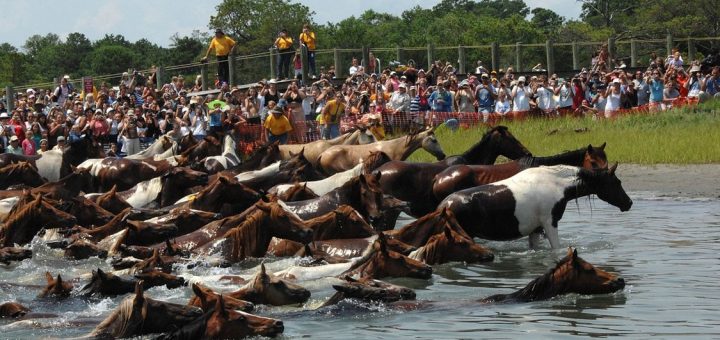#224: Pythium insidiosum, Pythiosis
It’s a new year and already a fungus-like disease is making national headlines. Four wild ponies on Chincoteague were euthanized due to a disease called “Swamp Cancer” on December 28, 2018, bringing the total Chincoteague ponies killed by the disease in 2018 up to seven. Swamp Cancer is not a cancer at all; the disease is caused by the oomycete Pythium insidiosum. If you have a pet you may have heard of this disease before: P. insidiosum occasionally infects dogs and cats, often killing its hosts. Rarely, P. insidiosum causes disease in humans. P. insidiosum normally decays plant matter in flooded tropical to sub-tropical environments, so it is most often contracted in warm stagnant water. Because it reproduces only in those environments, P. insidiosum cannot spread from one animal to another.








![#011: Characteristics of Kingdom Fungi [Archived]](https://www.fungusfactfriday.com/wp-content/themes/hueman/assets/front/img/thumb-small-empty.png)
